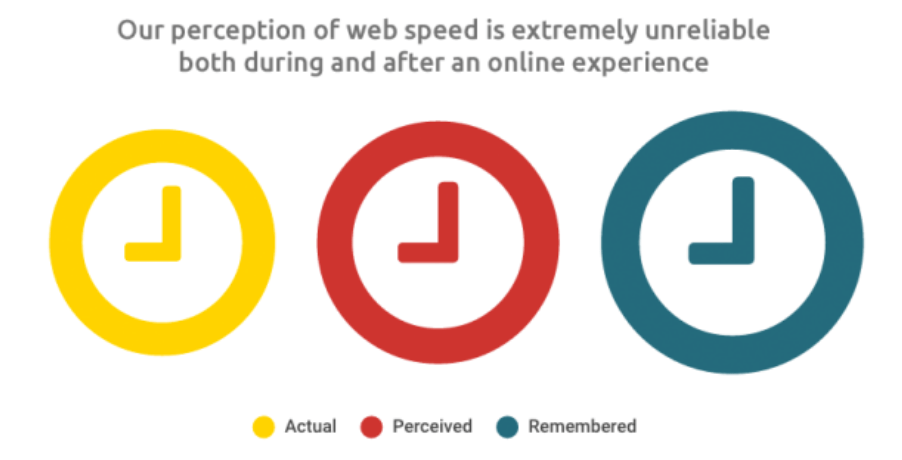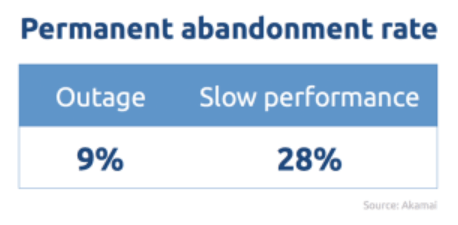Speed as a Competitive Advantage

When it comes to online businesses, it is essential to understand that website speed can be a deciding factor in the long-term success or failure of an online operation. With eCommerce businesses growing every year, online marketplaces are becoming hyper-competitive with every single factor playing an important role in revenue generation.
In this post, we will cover speed and how it acts as a competitive advantage in the current marketplace. Tammy Everts covers this topic extensively in her book ‘Time is Money’. Let’s explore some of her findings.
Why speed matters?
To get a grip on how speed is important, we first need to understand why it matters in the first place. The optimal speed for a webpage/app to load is around 2 seconds. If your website is slower, you will start losing visitors, and the bounce rate will also increase. Users will not hesitate to find other competitive sites.
Almost 71% of the web users feel inconvenienced when they are served a slow website.


Slower eCommerce websites have higher chances of losing customers compared to other types of websites. Users perceive the experience as poor and lose interest. Furthermore, this results in a negative brand image.
Speed Vs. Downtime: Which one has more impact on your business?
To get a better perspective, we need to go through a simple comparison between downtime and speed. It is not practically possible for any website to have a 100% uptime. One such example includes Amazon.com which lost average sales revenue of $117,882 per minute for around 30 minutes when their site went down on August 19th, 2013. That means a total loss of approx $5 million.
TRAC (an issue tracking system) conducted a study with 300 companies whereby they determined that one hour of average downtime costs companies $21,000. Speed, on the other hand, only cost companies $4,100 per hour. That’s low, right?
However, there is one caveat to the comparison, as website slowdowns take place more often compared to downtime. Slower speed means that you will have visitors that will never be willing to come back to your website. The report concluded that having a slow-speed webpage has double the impact when compared to downtime.
Akamai did a study which also found out that slow site speed has more impact than downtime. Visitors are more likely to abandon a website if they find it slow (28%) compared to downtime (9%).
How speed can change brand perception
Building a brand takes years of hard work and persistence. It starts with the second a user visits your website. It only takes 50 milliseconds (1/10th of a second) for a visitor to create an opinion about the brand.
For businesses, it means that they need to have a perfect blend of aesthetics and speed to ensure a lasting impression on a new visitor’s user experience.
Visitors will quickly judge your website based on speed, content, visual design and ease of navigation. This is true for both web and mobile websites/app.
Case Studies that further establish Speed as a competitive advantage
Tammy Everts also shares some fantastic case studies findings. Let’s list them below.
-Walmart.com saw an improvement of 2% of the conversion rate for every one second of website load time improvement. -Autoanything.com improved their conversion rate by 9% by cutting page load time by half. -Mozilla in their case study increased their software download rate by 15.4% by decreasing load times by 2.2 seconds. -A fundraising platform by Obama raised an additional $34 million thanks to 60% improved speed.
Conclusion
Website speed provides a competitive advantage. Optimising your website allows you to access untapped revenue sources for your business. It is imperative for startups, small to medium business and enterprise to understand its importance and start developing measures and strategies to improve website loading time and speed.
Amazon, one of the biggest eCommerce website takes speed very seriously. They not only provide speed in terms of website loading time, but also in their overall service structure (Amazon prime).
So, what do you think about speed? Do you think your business needs it? Comment below and let us know.













 Use Dexecure to automatically
optimize your website
Use Dexecure to automatically
optimize your website 